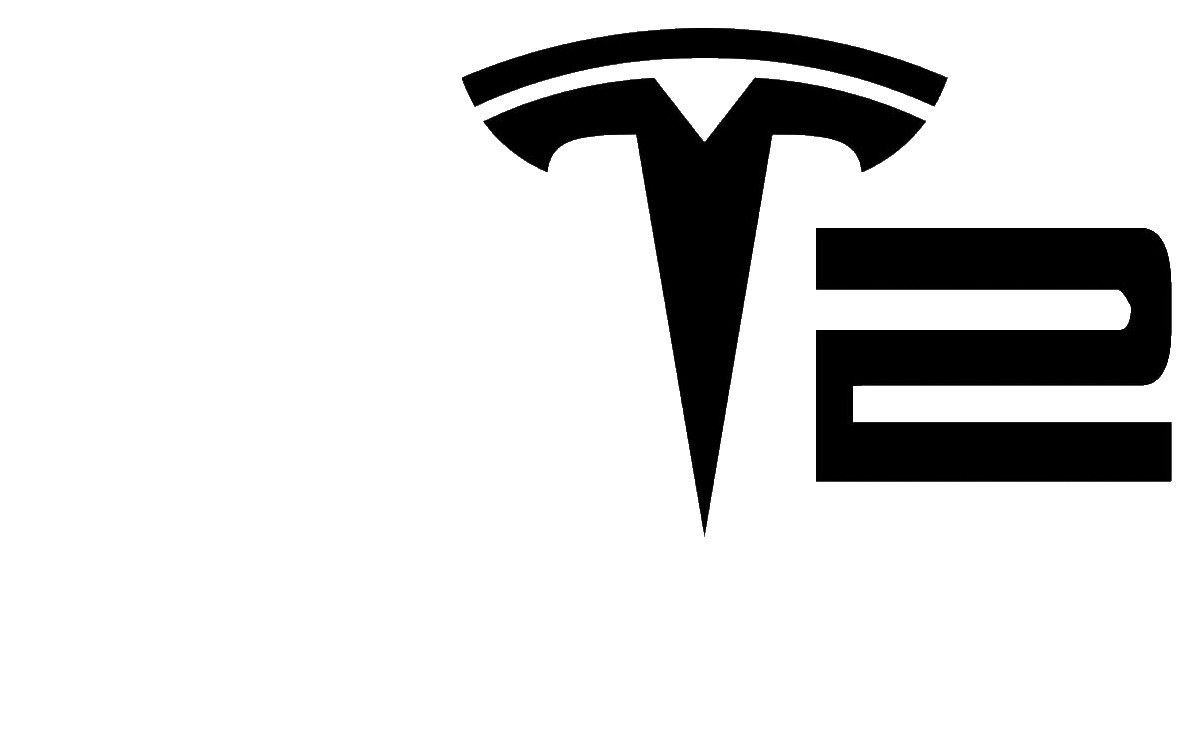ÆCIII
Well-known member
What amazed me was the apparent sheer weight of the booster full of fuel on liftoff, and the slow initial rate of ascent at liftoff - and the actual hesitation before liftoff.
Guess they didn't call it "Super-Heavy" for no reason...
With how the Raptors have been performing in smaller numbers on other tests, I thought 33 of them might get it off the pad at least slightly faster. But again three Raptors were apparently out even at launch, and more of them were out soon after liftoff in the ascent.
I was also impressed at how strong the stack was, and how it stayed together performing with all that fuel on board. I wonder if this test has set any record for how much fuel, CH2 and LOX, was on board any single rocket booster or vehicle at liftoff.
When I get the chance, I might look at some old Saturn V footage to compare how fast each vehicle rose off the pad at liftoff.
- ÆCIII
Guess they didn't call it "Super-Heavy" for no reason...
With how the Raptors have been performing in smaller numbers on other tests, I thought 33 of them might get it off the pad at least slightly faster. But again three Raptors were apparently out even at launch, and more of them were out soon after liftoff in the ascent.
I was also impressed at how strong the stack was, and how it stayed together performing with all that fuel on board. I wonder if this test has set any record for how much fuel, CH2 and LOX, was on board any single rocket booster or vehicle at liftoff.
When I get the chance, I might look at some old Saturn V footage to compare how fast each vehicle rose off the pad at liftoff.
- ÆCIII
Last edited:
